





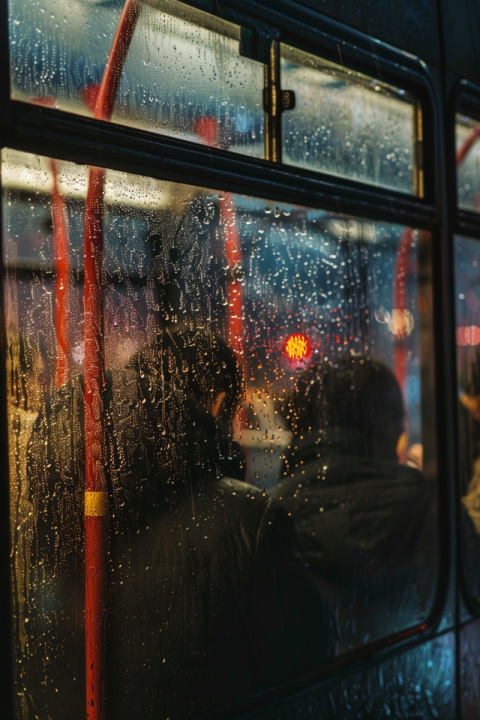
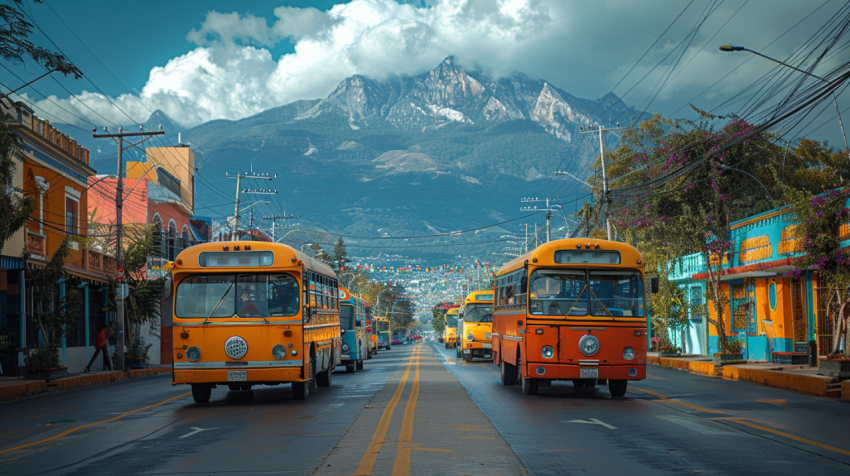
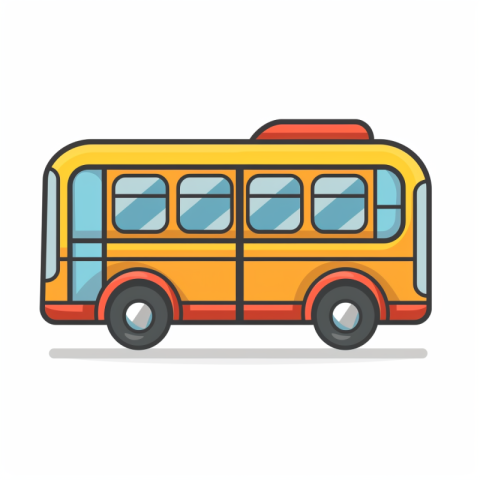
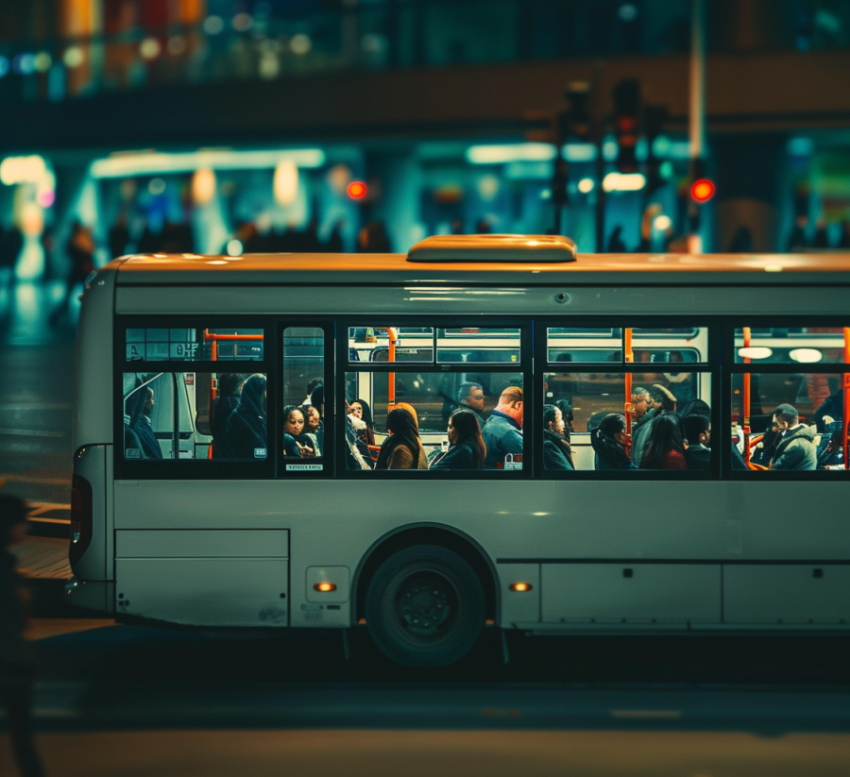
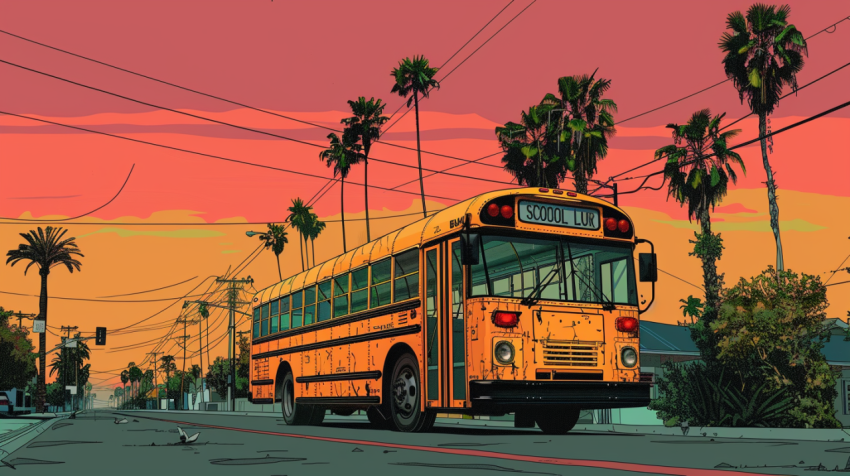
The Versatile World of Buses: Exploring Different Types and Uses
Buses are a cornerstone of public transportation systems worldwide, providing an efficient and affordable way to move large numbers of people. They come in a variety of shapes and sizes, each designed for specific applications and operating environments. This guide explores the major categories of buses, highlighting their key features, uses, and significance in the broader transportation landscape.
1. City Buses (Transit Buses):
City buses, also known as transit buses or urban buses, are designed for use within cities and metropolitan areas. They are characterized by their frequent stops, multiple doors, and focus on maximizing passenger capacity.
-
Features:
- Low Floors: Facilitate easy boarding and alighting, especially for passengers with disabilities or mobility aids.
- Multiple Doors: Typically two or more sets of doors to speed up passenger flow.
- Wide Aisles and Ample Standing Room: To accommodate a large number of passengers, especially during peak hours.
- Destination Signs: Clearly display the bus route and destination.
- Fare Collection Systems: May include ticket vending machines, smart card readers, or cash boxes.
-
Uses:
- Fixed-route public transportation within cities and suburbs.
- Connecting residential areas with commercial centers, transit hubs, and other key destinations.
-
Sub-types:
- Single-Decker Bus: The most common type of city bus, with a single level for passengers.
- Double-Decker Bus: Has two levels for passengers, increasing capacity on high-demand routes. Popular in cities like London and Hong Kong.
- Articulated Bus (Bendy Bus): Consists of two or more sections connected by a flexible joint, allowing for higher passenger capacity and maneuverability on city streets.
- Guided Bus: A bus that is steered by external means, normally on a dedicated track or guideway.
2. Intercity Buses (Coaches):
Intercity buses, commonly referred to as coaches, are designed for longer-distance travel between cities or regions. They prioritize passenger comfort and often include amenities for extended journeys.
- Features:
- Comfortable, Reclining Seats: Often with armrests and ample legroom.
- Overhead Luggage Compartments: For carry-on bags.
- Underfloor Luggage Compartments: For larger suitcases and baggage.
- Onboard Restrooms: Essential for long-distance travel.
- Climate Control (Air Conditioning and Heating): To maintain a comfortable cabin temperature.
- Entertainment Systems: May include individual or overhead screens for movies, music, or Wi-Fi.
- Uses:
- Scheduled intercity transportation services.
- Long-distance travel between cities, often as a more affordable alternative to air travel or trains.
- Charter services for tour groups, events, and private hire.
3. School Buses:
School buses are specifically designed for the safe and reliable transportation of students to and from school and school-related activities. They are subject to stringent safety regulations and are easily recognizable by their distinctive yellow color in many countries.
- Features:
- Reinforced Construction: Built with robust materials and structural reinforcements to enhance safety in the event of an accident.
- High Seat Backs: Provide compartmentalization and protect occupants in a collision.
- Emergency Exits: Multiple exits, including roof hatches and rear doors, for quick evacuation.
- Flashing Lights and Stop Arms: To alert other drivers when the bus is stopped to pick up or drop off students.
- Specialized Seating: May include smaller seats designed for children.
- Uses:
- Transporting students to and from school.
- School field trips and extracurricular activities.
4. Minibuses:
Minibuses are smaller than full-size buses but larger than vans. They offer a flexible and cost-effective solution for transporting smaller groups of people.
- Features:
- Seating Capacity: Typically between 8 and 30 passengers.
- Compact Size: Easier to maneuver in congested areas and on narrow roads.
- Variety of Configurations: Can be customized for different purposes, such as passenger transport, cargo transport, or as a shuttle.
- Uses:
- Airport shuttles
- Hotel shuttles
- Community transport services
- Private hire for small groups
- Paratransit services for people with disabilities
5. Special Purpose Buses:
Beyond the common types, there are numerous specialized buses designed for specific applications:
- Tour Buses: Often open-top double-deckers, used for sightseeing tours in cities.
- Party Buses: Modified buses with features like dance floors, sound systems, and bars, used for parties and events.
- Mobile Clinics/Blood Donation Buses: Equipped with medical facilities for providing healthcare services or collecting blood donations in various locations.
- Prisoner Transport Buses: Securely designed vehicles for transporting inmates between prisons or to court appearances.
- Promotional/Exhibition Buses: Customized buses used for marketing campaigns, product launches, or as mobile exhibition spaces.
- Overland Buses: Rugged buses equipped for long expeditions, safaris, and travel in difficult terrain.
- Airport Buses: Large buses with ample luggage space used for transporting passengers between the terminal and aircraft.
6. Trolleybuses:
Trolleybuses are electric buses that draw power from overhead wires through trolley poles. They were once common in many cities but have been replaced by diesel or hybrid buses in most places. However, they are still in use in some cities, particularly in Eastern Europe, Russia, and China and are considered a more environmentally friendly option than diesel buses.
-
Features:
- Electric Motor: Powered by electricity from overhead wires.
- Trolley Poles: Two poles that connect to the overhead wires to collect electricity.
- Quiet Operation: Electric motors are much quieter than diesel engines.
- Zero Tailpipe Emissions: Making them a cleaner option for urban environments.
-
Uses:
- Urban public transportation, similar to regular city buses but limited to routes with overhead wires.
7. Hybrid and Electric Buses:
With growing environmental concerns, hybrid and fully electric buses are gaining popularity as cleaner alternatives to traditional diesel buses.
- Hybrid Buses: Combine a diesel engine with an electric motor and battery, reducing fuel consumption and emissions.
- Electric Buses: Powered solely by electric motors and batteries, producing zero tailpipe emissions. They offer significant environmental benefits, especially when the electricity is sourced from renewable energy.
- Hydrogen Fuel Cell Buses: Utilize hydrogen fuel cells to generate electricity, emitting only water vapor.
Factors Influencing Bus Design and Selection:
The design and selection of a particular type of bus are influenced by several factors:
- Passenger Capacity: The number of passengers the bus needs to carry.
- Operating Environment: Urban, suburban, rural, or intercity.
- Route Characteristics: Length, frequency of stops, terrain.
- Regulations and Standards: Safety, emissions, and accessibility requirements.
- Budget: Purchase price, operating costs, and maintenance costs.
- Fuel Type and Availability: Diesel, CNG, electricity, or hybrid.
- Passenger Comfort and Amenities: Seating, climate control, entertainment, and other features.
Conclusion:
Buses play a vital role in public transportation systems around the world, providing essential mobility for millions of people daily. The diverse range of bus types reflects the varied needs of different communities and operating environments. From the workhorse city buses that navigate congested urban streets to the comfortable coaches that traverse vast distances, each type of bus is designed with specific applications in mind. As technology advances and environmental concerns grow, we can expect to see continued innovation in bus design, with a greater emphasis on sustainability, efficiency, and passenger comfort. The rise of electric and hybrid buses, along with advancements in alternative fuels and autonomous driving technology, will undoubtedly shape the future of bus transportation, ensuring that buses remain a cornerstone of public transit for years to come.
types of buses, bus, buses, city bus, transit bus, urban bus, intercity bus, coach, school bus, minibus, articulated bus, bendy bus, double-decker bus, single-decker bus, low-floor bus, high-floor bus, trolleybus, electric bus, hybrid bus, CNG bus, diesel bus, bus features, bus uses, public transportation, bus route, bus stop, bus station, bus terminal, bus lane, bus rapid transit, BRT, bus ticket, bus fare, bus schedule, bus driver, bus passenger, bus safety, bus regulations, bus emissions, bus design, bus manufacturing, bus companies, bus operators, bus travel, bus touring, bus charter, bus rental, school bus safety, school bus rules, school bus driver, school bus stop, school bus route, minibus taxi, minibus hire, minibus for sale, coach bus, coach travel, coach holidays, coach hire, coach trip, articulated bus advantages, articulated bus capacity, articulated bus turning radius, double-decker bus capacity, double-decker bus tours, double-decker bus in London, low-floor bus accessibility, low-floor bus benefits, hybrid bus technology, electric bus range, electric bus charging, CNG bus advantages, diesel bus emissions, trolleybus system, trolleybus advantages, trolleybus disadvantages, bus, types of buses, bus transportation, public transportation, city bus, school bus

